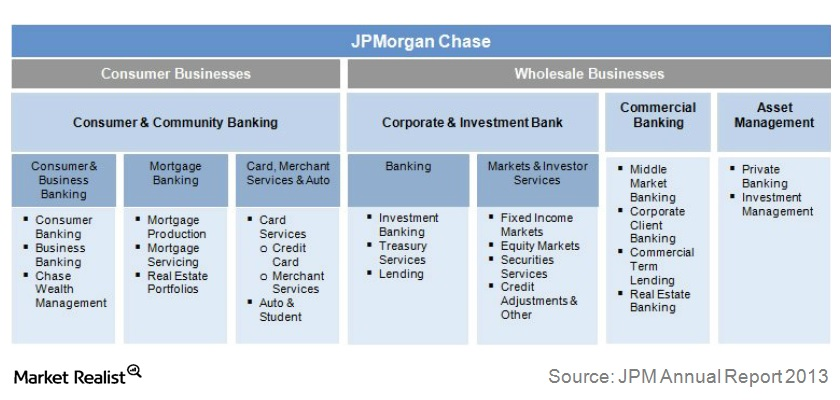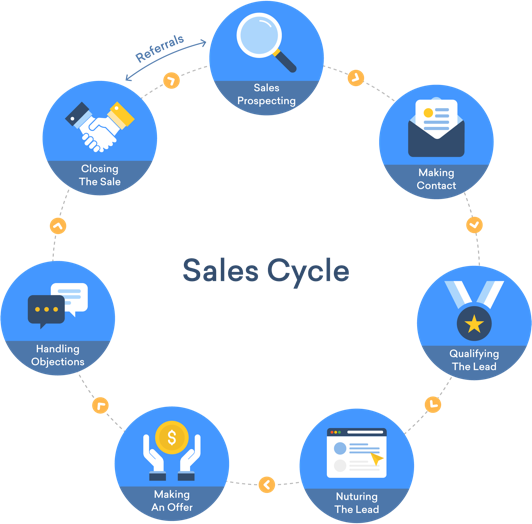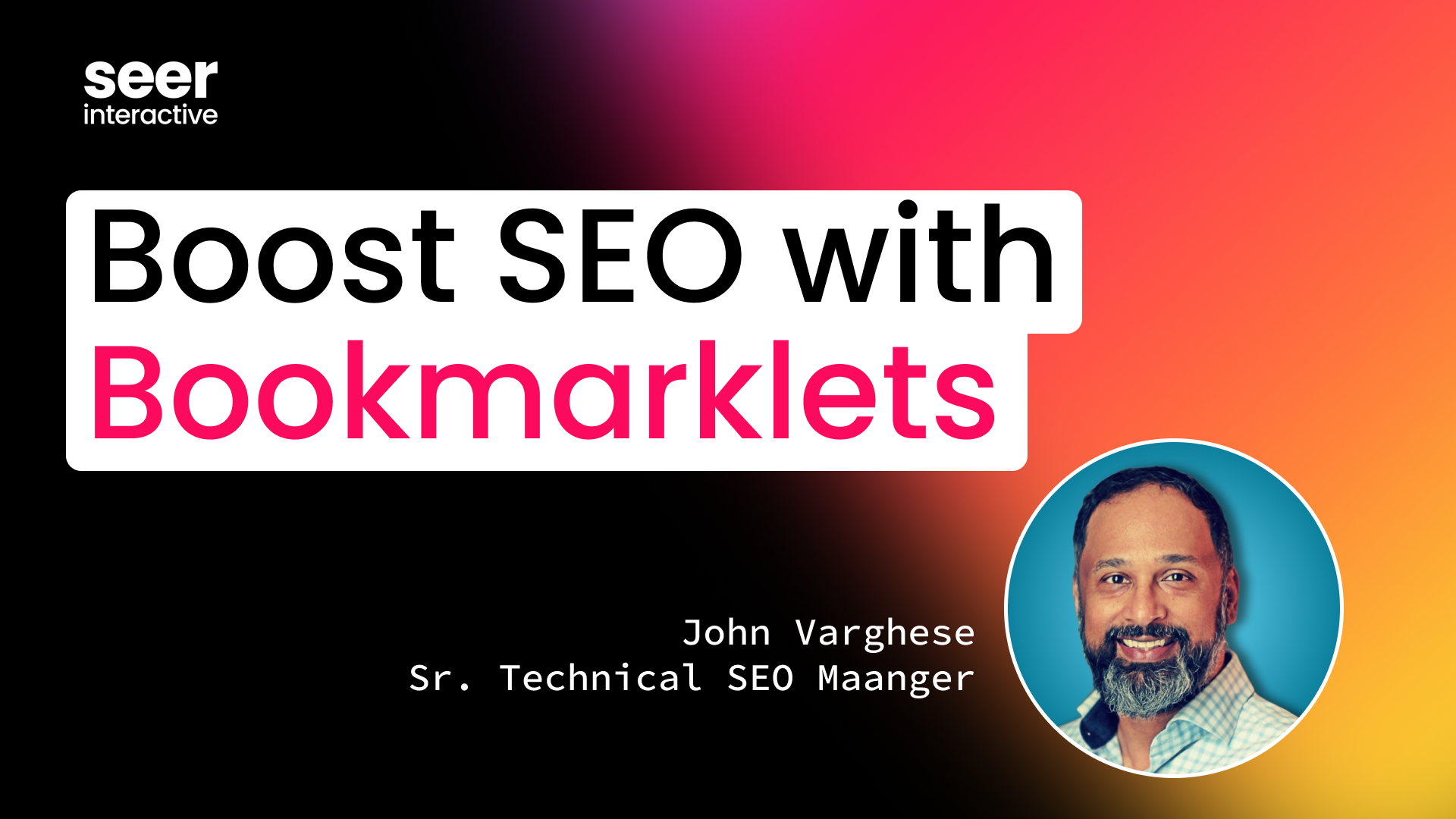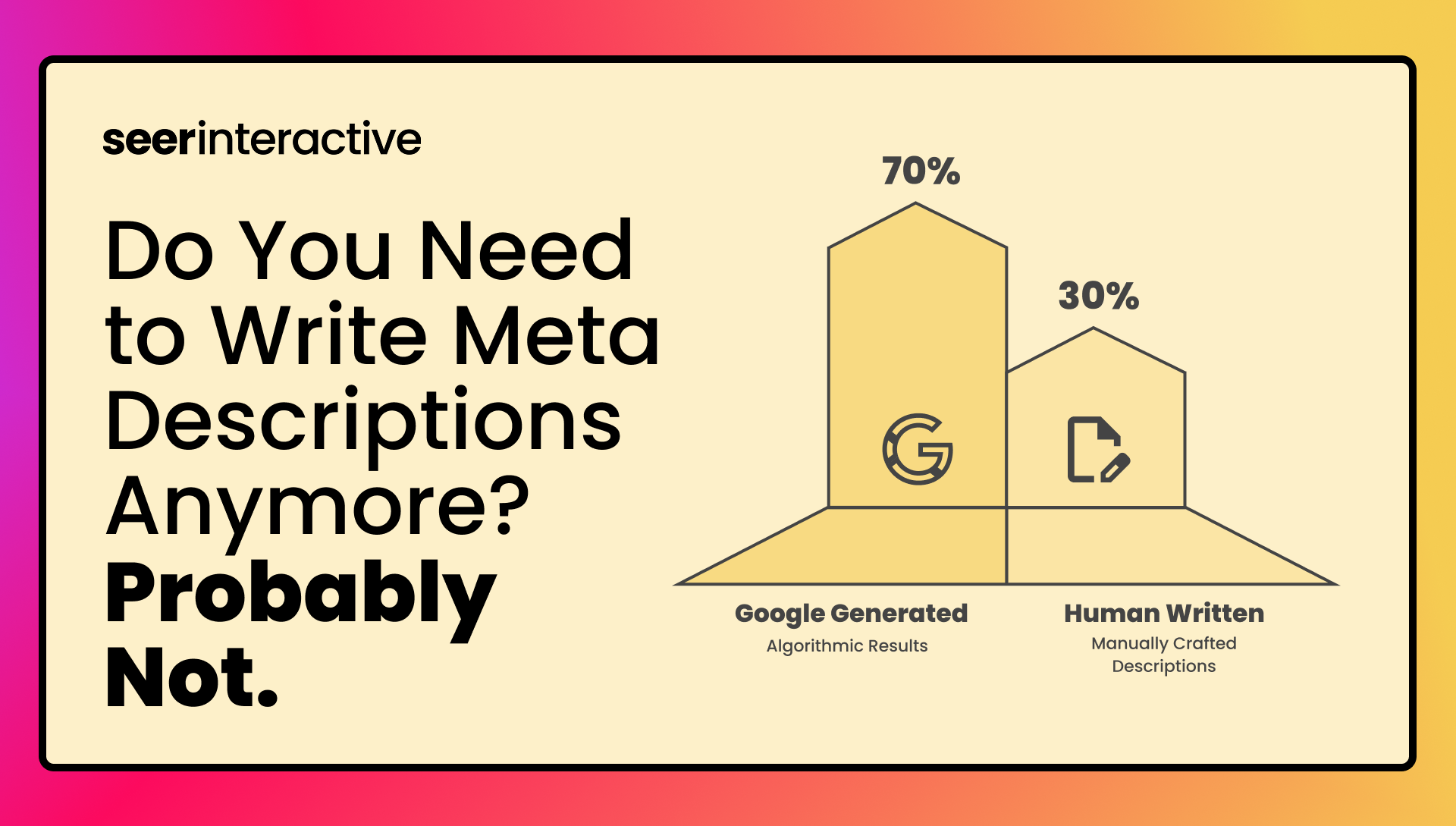Whether you are an SEO or just wanting to further target your audience in business, there are endless questions you can ask. Below, I lay out questions that can help you and your team delve into your target audience and better understand consumer behavior.
Understand Your Audience’s Behavior & Background
When diving into audience research, knowing the background of who you want to target is key. In order to best target your consumers, I encourage taking an internal look at the business makeup to determine who you can best serve.
💡 Pro Tip: Distinguising the what behind your busineess is crucial to understanding who you can serve
1. Is the business mainly servicing individual consumers, other businesses, or a combination?
The first area to consider when analyzing a business is what the product or service can deliver and on what scale.
First, identify if the product or service is targeting individual consumers, businesses, or both. This can set you up for audience segmentation and allow you to cater your marketing strategy.
Take JPMorgan Chase for instance:

Above you can see the different segments the business is divided into: Consumer & Wholesale.
This may seem simple, but creating a site to answer consumer vs business questions can come with a lot of nuances. If a business services both types, you must consider how you are going to segment content to funnel the audience to the correct area of your site. Mitigating this at the forefront, can make your customer journey more enjoyable and efficient.
In the eyes of the consumer, think of it as ‘how fast can I locate and find answers to my questions without jumping through too many hoops.’
2a. If B2B, what verticals are the most successful for your product or service?
If your answer to question #1 was primarily B2B, the next step would be to analyze what types of verticals conversions are coming from.

For example, data visualization software could be servicing all of the above markets at some point in the customer journey. Other examples of business verticals could include:
- Gaming
- Retail
- Engineering
- Hotels
- E-Commerce
- Higher Education
The next step here is to look into lead metrics and see who the majority of the consumer base is. This could lead to additional questions like:
- Are most of your conversions coming from X verticals?
- What percentage of conversions come from these ‘winning’ verticals
- What verticals have the lowest percentage of conversions?
- Are there verticals that are lacking conversions that we should target in the next quarter?
- Do some verticals have better conversion rates in different regions?
2b. If consumer-focused, what are their typical characteristics?
Echoing sentiment from the business questions, if this is a consumer product or service, you may still want to look into what’s working and what’s not.
Additional questions could include:
- What consumer products/services are performing the best?
- Are these products/services sold multiple times or are they a one-time purchase
- What product category has the highest amount of conversions and what percentage does it make up of total revenues?
Once again, taking the time to see where the business is excelling/lacking can allow you to create a better strategy to capitalize on marketing efforts and get to the people who CARE about what you have to offer on both the consumer and B2B side.

3. What is your current lead flow cycle? 2 days, 1 week, 3 months?
Let’s 👏 Talk 👏 Lead 👏 Flow 👏
This is a super important question when it comes to reporting and benchmarking performance but is often forgotten.
When tracking business success, we tend to set goals whether that be monthly, quarterly and yearly but, as SEOs, the way we track these successes can be skewed if we don’t take into account lead flow time.
For example, an E-Commerce site’s lead time is instantaneous. A consumer sees a product, they may conduct some competitive research, then makes their purchase. This lead flow can be identified as 1-7 days (easy to keep track of and easy to track KPI success).
However, when dealing with B2B markets, this may be trickier to dissect.
Take the example of a company in the need of a new project management tool - the potential ‘buyer’ will need to:
- Compare against competitor software
- Conduct extensive research on how it would integrate within their own company culture/pricing
- Provide a case & ROI to their executive team for approval of the product
In this example, the project management software business may need to take an extended time to nurture this lead, hold sales calls, send supplemental information and create a case as to why they beat competitors. This process could easily take 1-3 months before a conversion.
In this case, for KPI benchmarking, knowing your estimated close time is pivotal for measuring success accurately and effectively. This can also help internal team members better explain quarterly performance to stakeholders if numbers are down MoM which could go as follows:
“Although conversions were down in February, we currently have 18 leads in the pipeline that are estimated to close in August which will fill in those gaps and allow us to hit our KPI for the quarter.”
This question can mitigate internal reporting errors and allow you to keep a better pulse of the business health!
4. Are your current consumers returning customers, one-time purchasers, or ongoing subscription-based?
Looking at the business holistically will allow you to answer high-level questions that lead to more granular targeting.
Making this distinction can allow you to dive into behavior metrics while finding gaps to restructure strategy. Who knows, you may consider the ROI of expanding marketing strategy to those less profitable sectors or pool resources to the most successful.
Examples of pivots that could take place:
- Switching marketing strategy from focusing just on one-time purchasers to a remarketing strategy of turning 5% of one-time purchasers to repeat customers leading to $X more in profit
- Shifting marketing strategy to solely focus on returning customers - fewer leads but higher profit margins
- Segmenting a marketing strategy into a 3-prong approach by focusing 50% of marketing efforts on one-time purchasers, 25% on return customers and 25% on subscription plans
Once again, these are just examples of how asking the right questions could pivot strategy and budgets.
5. How does your current audience typically find your business?
This research could be done a couple of ways:
- Looking at traffic channels - which shares the majority of new users/sessions and which channel is converting the most
- Checkout device metrics - is the audience mobile or desktop-oriented?
- User journey - do they tend to hit a landing page and convert or do they explore educational content before converting
- Assisted conversions - look into what content assisted conversions! It may provoke you to create similar content to give consumers that last push they need
Understand Why Consumers Choose Your Business Over Competitors
💡Pro Tip: Understanding why consumers convert is the key to optimizing conversion funnels.
6. What is the defining factor that makes consumers choose your brand over competitors?
As a simple exercise write down the mission statement of a business and identify what makes the business unique. If you have access to a sales team to speak with - even better.
At the center of every business, there should be core ideals and performance metrics that allow you to differentiate and stand out amongst competitors. With a little self-reflection, figure out why consumers have chosen your business in the past over other competitors to help inform and amplify those value propositions.
Remember - it’s okay to reiterate why the business is great - it helps consumers identify if the product or service is right for them in the long run - so brag away!
7. If you didn’t work for or at this specific business, would you still choose it?
Of course, your business is great, but have you ever taken the time to take a step back and seriously evaluate it as a potential customer?
Ask Yourself: “If I was a consumer…”:
- Would these value propositions speak to me?
- Can I easily find the answers to the questions I am looking for?
- Is pricing information clear and easy to access?
- Is the price worth their product or service?
- What partnerships do they have?
- What are the customer reviews?
- Do they have more/fewer offerings than competitors?
8. What current pain points or frustrations do your target audience run into?
Analyzing current pain points is always good to keep a pulse on user experience. Discussing these questions with a sales or customer service team could lead to key insights into why customers did or did not choose the business in the end.
As an SEO, key pain points I see regularly include:
- Not easily finding answers to frequently asked questions
- Messy site navigation
- The dreaded 404 💀
- Lack of low funnel educational content
- Lack of comparison content [comparing brand to competitors]
9. What are the most common questions that you are asked by consumers?
Now, this may seem simplistic, but this question can open so many doors from a marketing perspective. Take the time to speak with customer service or sales teams to understand questions that could be answered with on-site content!
10. How easy is it for consumers to answer those questions from your site’s content?
In summation, give the people what they want.
We live in a world of instant access and answers. By not providing content on your site to answer those consumer questions, you are not only doing a disservice to them but to the business as well. Finding pain points and pulse checking your own business is critical to success and finding strategy gaps. So don’t be shy - ask some questions & create some content!


